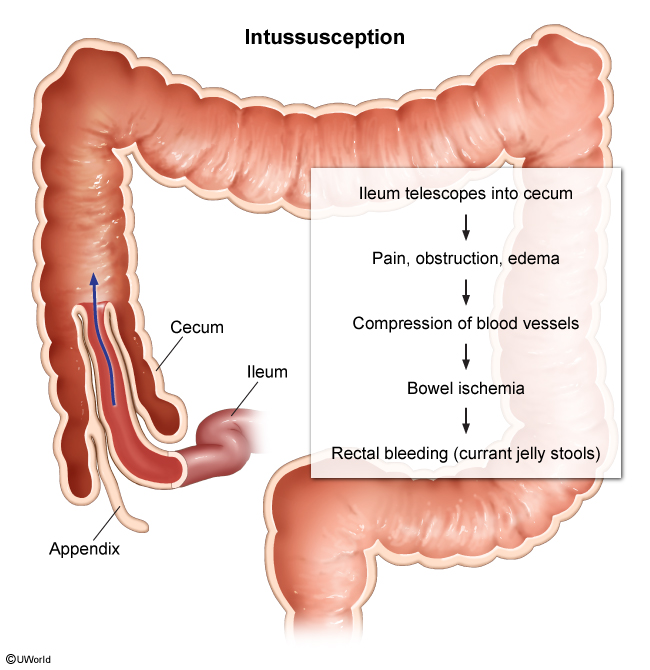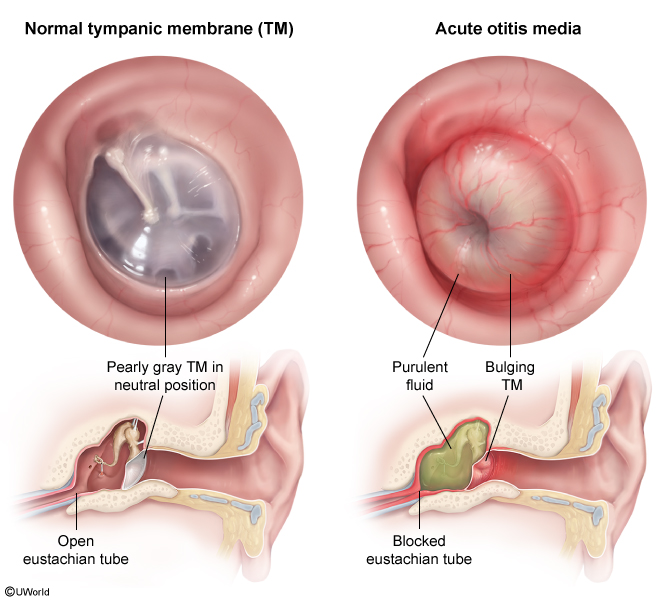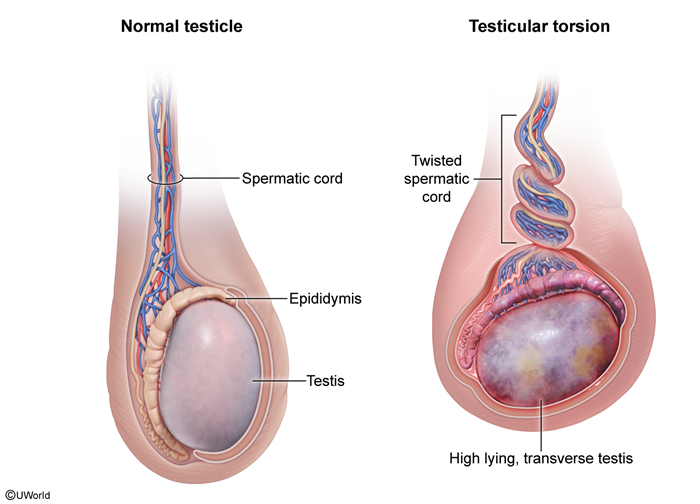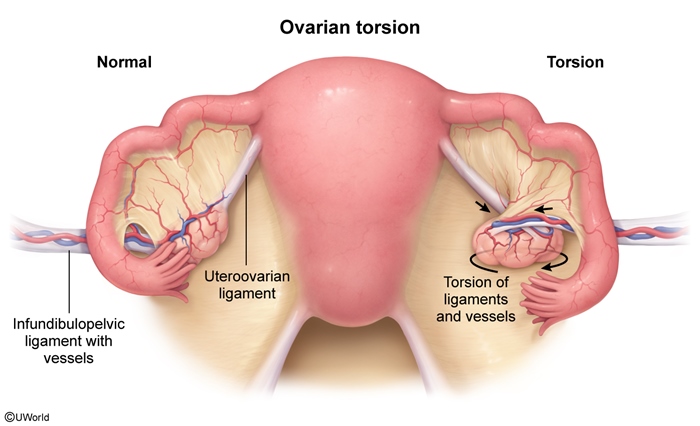Infantile Colic
Article Sections
Introduction
Crying is the infant's primary mode of communication, with the duration varying widely but generally lasting <3 hours/day. Infantile colic is a self-limited disorder characterized by excessive, unexplained crying in an otherwise healthy infant age <3 months. Physical examination and growth parameters are typically normal, but colic often causes significant parental distress, and management focuses on caregiver support.
Epidemiology
Colic affects 10%-40% of infants globally, with higher proportions in resource-rich regions. Factors associated with a higher incidence of colic include maternal smoking during pregnancy and maternal anxiety or depression. There is no difference in incidence between male and female or breastfed and formula-fed infants.
Pathogenesis
The cause of colic is unknown but likely multifactorial and related to gastrointestinal and psychosocial factors. Potential gastrointestinal contributors include immature gut motility and digestion, excess intestinal gas (eg, swallowing of air during feeds or crying), and altered gut microbiota. Psychosocial factors include parental stress and anxiety affecting the perception of and response to crying, as well as infant hypersensitivity to environmental stimuli.
Continue Learning with UWorld
Get the full Infantile Colic article plus rich visuals, real-world cases, and in-depth insights from medical experts, all available through the UWorld Medical Library.
Figures




